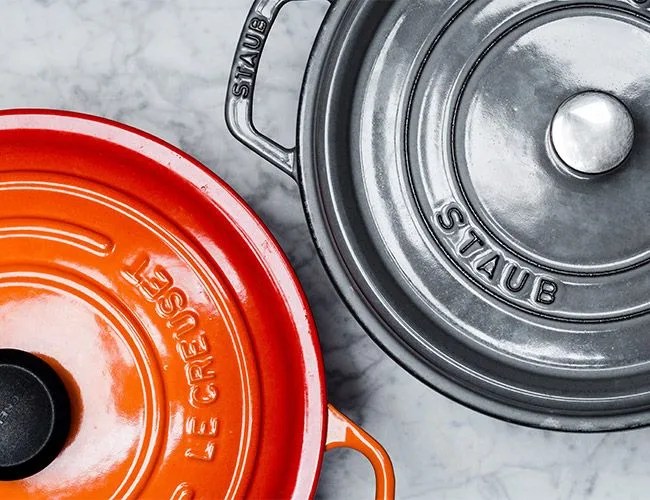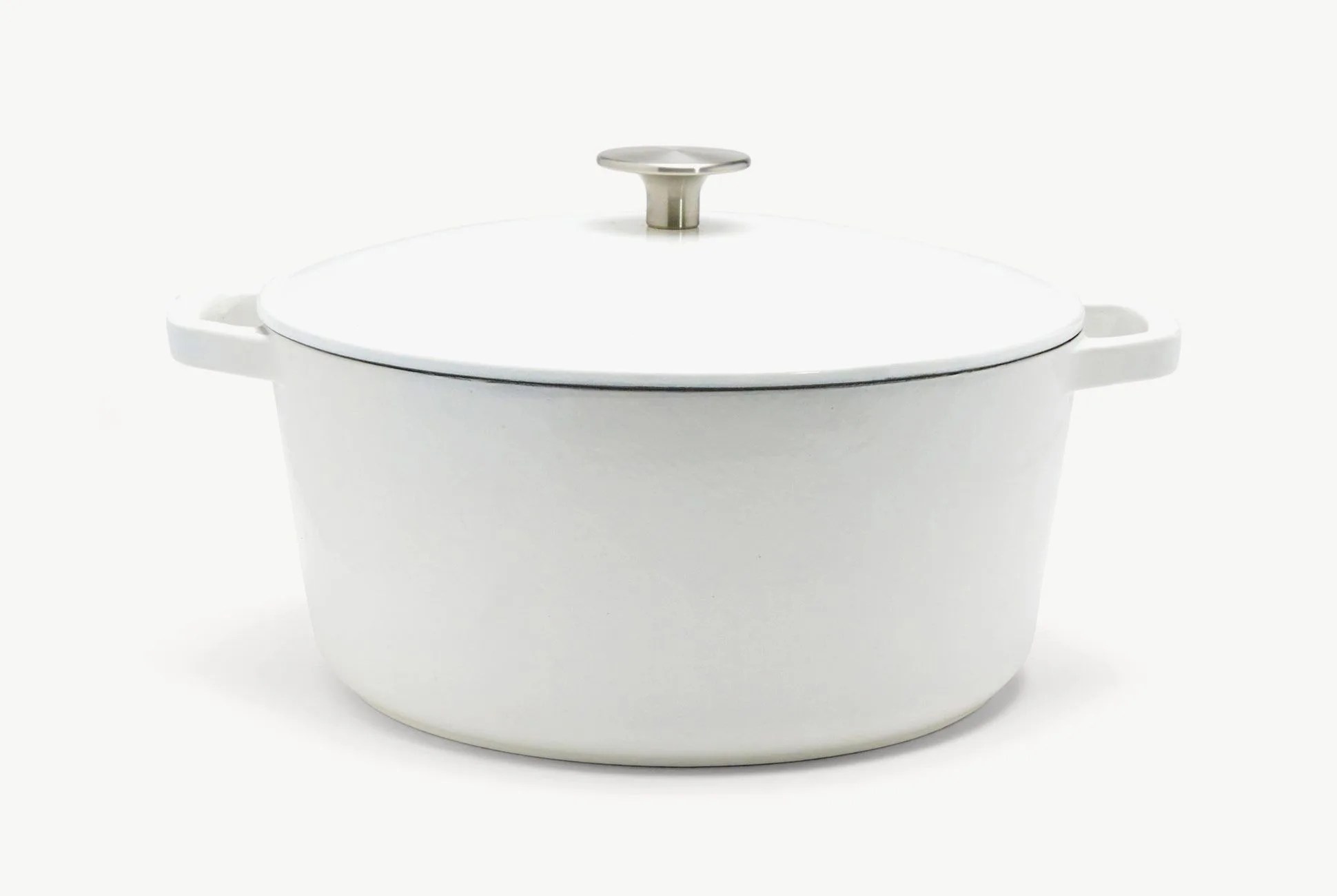“What makes a Dutch oven good? Why are industry leaders all $300 or more?” These are questions amateur home cook and entrepreneur Zach Schau asked himself the last time he went shopping for a Dutch oven. After two years searching for answers in foundries and manufacturing facilities in Europe, Asia and the U.S., Schau decided he was better off making one himself. Enter the newly-released Milo Dutch oven, which sports two layers of enameling, a Staub-eque heavy-duty build and the clean aesthetic of a Le Creuset.
The Milo’s weight gives it the means to retain heat to extraordinary levels (it kept short ribs braising in my oven hours after turning the oven off), and more importantly, it’s made for the long haul. The Milo is cast with DISA molds, a mark of premium manufacturing used by Le Creuset, and its double coat of enamel sure up a piece of cookware that isn’t likely to crack under pressure.
“There are three things that make a great Dutch oven,” Schau said. “The design of the mold, the enamel coating and the quality of craftsmanship. When all these are working in tandem, you get a piece of cookware that you end up coming back to, night after night, and that you end up handing down.”
The Dutch oven typically puts buyers in a weird spot — spend $45 on a Lodge that looks the part, but is prone to enamel crazing and wear over time, or jump several orders of price magnitude and drop north of $300 on the proven performance of a Staub or Le Creuset. The middle ground is less-explored, primarily due to the costs associated with making the jump from so-so quality to high-end performance. That’s where Schau wants Milo to reside.
More on Dutch Ovens: Staub vs. Le Creuset
 Chase Pellerin
Chase PellerinAny discussion pertaining to enameled cast-iron begins and ends with two brands. We tested them both to see which was truly superior. Read the Story
